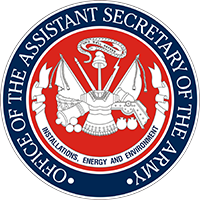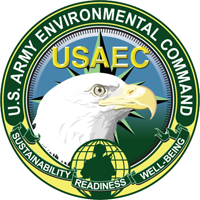Transitioning Technology While Reducing Risks: The NDCEE demonstrates, validates, and transitions cost-effective, validated technology solutions that meet DoD ESOH requirements, enhance mission readiness, and support sustainability and performance objectives. The preferred entry points for NDCEE-funded projects is at a Technology Readiness Level 5 or 6. The preferred exit point is a TRL 8 or 9 (as defined within DoD Technology Readiness Assessment (TRA) Guidance, April 2011). All NDCEE funded projects must meet the Budget Activity 4 definition, as stated in DoD 7000.14-R.
Assessment (TRL 1-8)
Traditional literature searches, data mining, surveys, and other study methods are employed in this phase to identify alternatives, explore research opportunities, or track emerging technologies. Potential aspects include understanding the problem, drivers and end-user needs; obtaining available technical, economic, and ESOHE data on current and alternative technologies; and utilizing information gained to focus technology transition efforts.
Systems Integration and Testing (TRL 3-5)
This phase includes those activities involved in the evolution of scientific concepts and research towards tangible and integrated technical solutions, including: preliminary design, system or process development and fabrication, prototyping, computer modeling, and bench-scale or laboratory testing.
Demonstration/Validation (TRL 6-8)
This critical phase includes all activities associated with testing and evaluating potential technology alternatives against user requirements. Whether at the prototype or full-scale level, demonstration/validation testing can encompass a variety of evaluation objectives including feasibility, optimization, and/or operational acceptance.
Transition (TRL 8-9)
The final phase may include implementation, start-up, training, and/or other support efforts necessary to field validated technologies for installation and weapon system end users. Now the technology is ready for operational military use at the end user’s discretion.
This flexible process may be adapted to use only those steps that a customer requires. It is designed to avoid duplication of efforts, reduce implementation risks, and improve the DoD’s return on technology investments.

DoD Lead Agent
Office of the Assistant
Secretary of the Army for Installations, Energy and Environment

Program Management Office
U.S. Army Environmental Command

